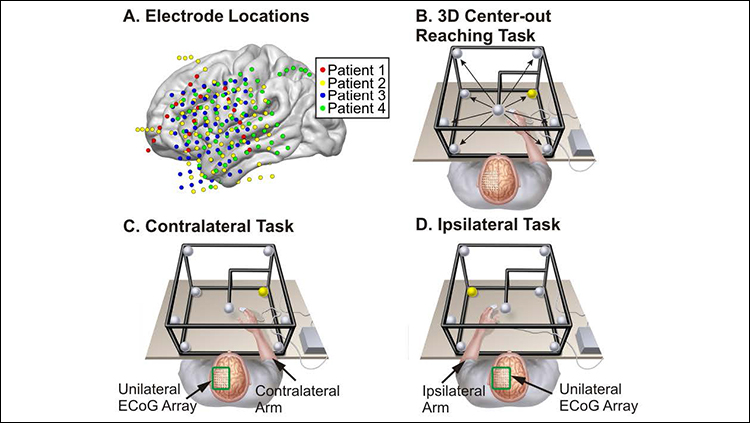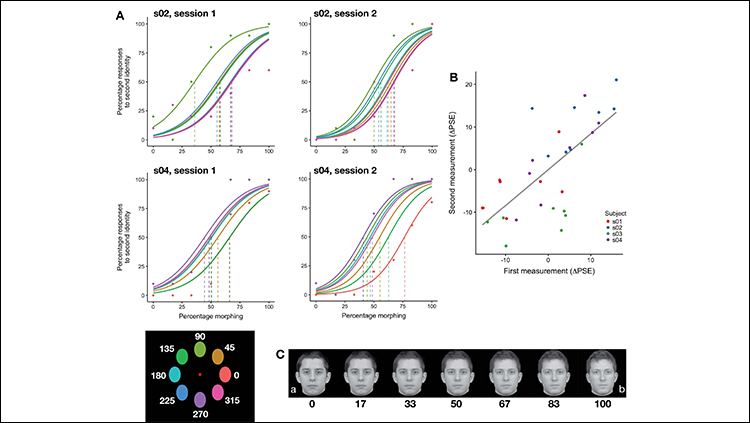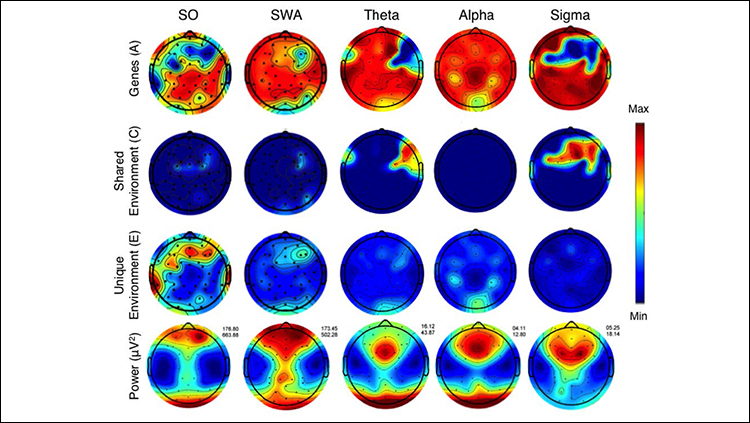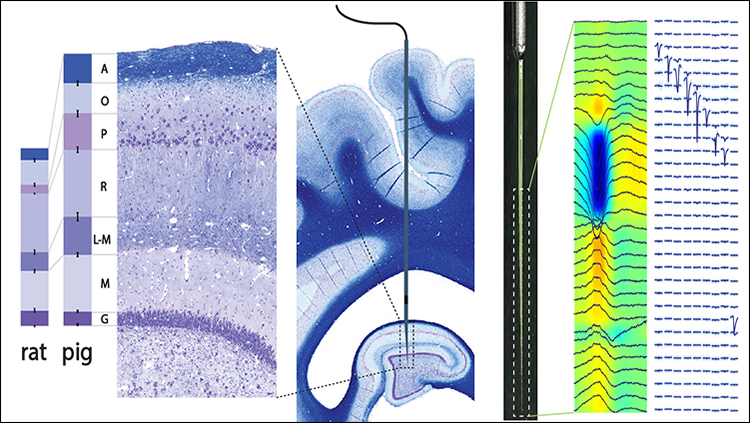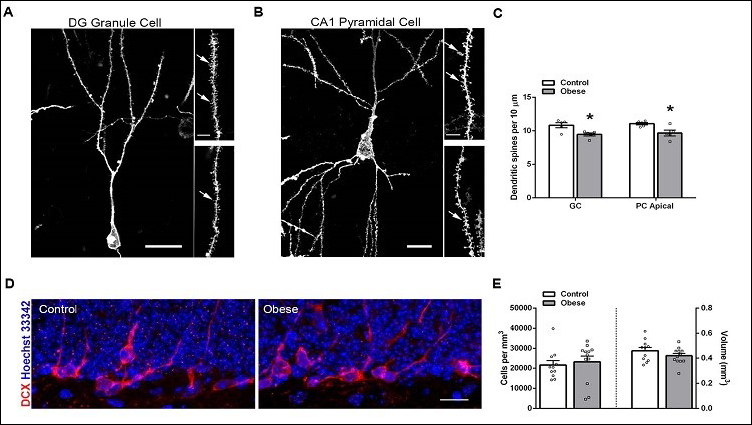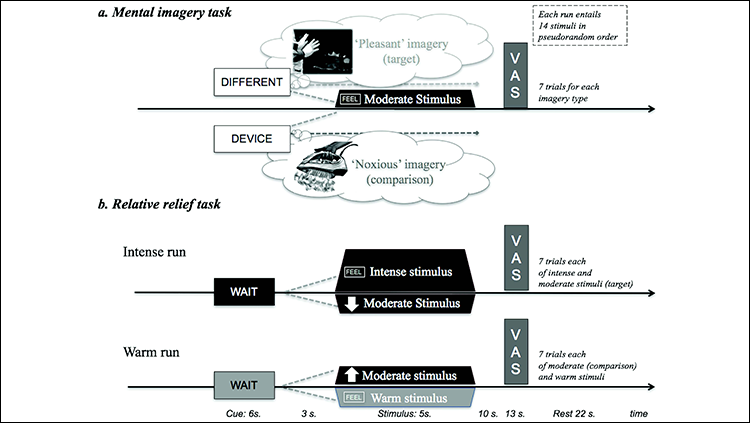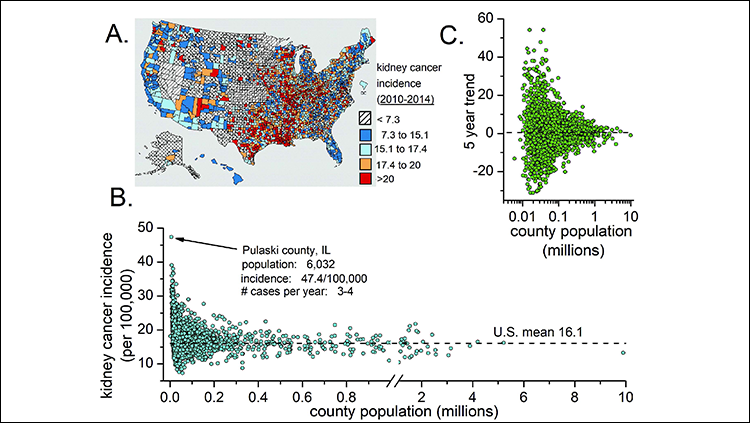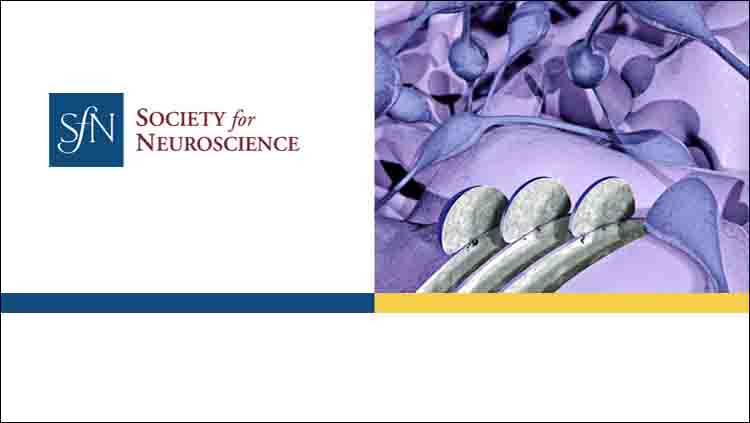-
Oct 09, 2018Press ReleaseIndividual arm movements are represented by neural activity in both the left and right hemispheres of the brain, according to a study of epilepsy patients.
-
Oct 06, 2018News from SfNWeek of Oct. 1, 2018: Read the Latest Advocacy and Science News
-
Oct 02, 2018Press Release, News from SfNStudy demonstrates how the brain learns to recognize an individual face regardless of where it appears in space.
-
Sep 25, 2018Press ReleaseA study of teenage twins teases apart the influence of genetic and environmental factors on brain activity during sleep.
-
Sep 18, 2018Press ReleaseStudy establishes the pig as promising preclinical research model for hippocampal-dependent human memory disorders.
-
Sep 11, 2018Press ReleaseObesity may drive microglia into a synapse-eating frenzy that leads to cognitive impairment.
-
Sep 11, 2018Press ReleaseStudy supports clinical use of mental imagery techniques in conjunction with pain-relieving drugs.
-
Sep 05, 2018Press ReleaseScientists are subject to same biases as undergraduates when interpreting data, finds a survey of graduate- to senior-level researchers.
-
Sep 04, 2018Press ReleaseRichard Wingate, DPhil, is a principal investigator at the MRC Centre for Neurodevelopmental Disorders, Reader and head of anatomy at King’s College London
-
Aug 14, 2018Press ReleaseWeek of Aug. 13, 2018: Read the Latest Advocacy and Science News
Quick Links
Copyright ©
Society for Neuroscience






